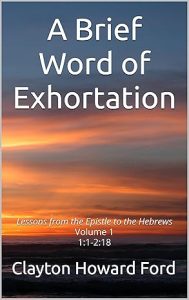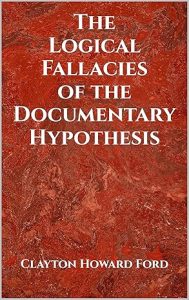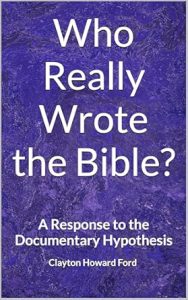Lesson 6
After the Council of Constantinople affirmed that Jesus is in fact both God and man, the problem became, “How can Jesus be both at the same time? How do the two natures interact with each other?”
To most people, the divine nature and the human nature cannot be reconciled because in many ways they are opposite of each other. According to the Scriptures themselves:
God Jesus
Does not sleep – Ps. 121:3-4 Slept – Matt. 8:24
Is invisible – 1 Tim. 1:17 Was seen – 1 John 1:1-3
Is immortal – 1 Tim. 1:17 Died – John 19:33
Is infinite – Jer. 23:24, Ps. 139 Is finite
How, then, do we reconcile these two natures?
Apollinaris was the bishop of Laodicea in Syria. He died in 390 AD. He said that Jesus was a man except that he did not have a human soul or spirit. God the Son was his spirit. So Jesus was fully God but not fully human. He believed that Jesus had 1 body and was 1 person who had 2 natures, but one of those natures was not complete. This teaching was condemned by the Council of Constantinople in 381 AD.
Nestorius was the archbishop of Constantinople from 428 AD to 431 AD, when he was exiled for his teaching. He acknowledged the complete manhood of Jesus but said that his human nature was separate from his divine nature so that Jesus had 1 body but was 2 persons, one that was human and one that was divine. This teaching was condemned at the Council of Ephesus in 431 AD.
In reaction to Nestorius, Eutyches, who was an elder in Constantinople, went to the other extreme. He taught that the human nature of Jesus was so united to the divine nature that it was absorbed by the divine nature, so that even though Jesus had the same substance as the Father, he did not have the same substance as the rest of humanity. He believed that Jesus had 1 body and was 1 person who had only 1 nature. This teaching was condemned by the Council of Chalcedon in 451 AD.
The Council of Chalcedon issued this Creed:
Following the holy Fathers we teach with one voice that the Son [of God] and our Lord Jesus Christ is to be confessed as one and the same [Person], that he is perfect in Godhead and perfect in manhood, very God and very man, of a reasonable soul and [human] body consisting, consubstantial with the Father as touching his Godhead, and consubstantial with us as touching his manhood; made in all things like unto us, sin only excepted; begotten of his Father before the worlds according to his Godhead; but in these last days for us men and for our salvation born [into the world] of the Virgin Mary, the Mother of God according to his manhood. This one and the same Jesus Christ, the only-begotten Son [of God] must be confessed to be in two natures, unconfusedly, immutably, indivisibly, inseparably [united], and that without the distinction of natures being taken away by such union, but rather the peculiar property of each nature being preserved and being united in one Person and subsistence, not separated or divided into two persons, but one and the same Son and only-begotten, God the Word, our Lord Jesus Christ, as the Prophets of old time have spoken concerning him, and as the Lord Jesus Christ hath taught us, and as the Creed of the Fathers hath delivered to us.
The Creed affirms that Jesus has 1 body and is 1 person who has 2 natures. It does not explain how the two natures work together because in actuality we do not know how they work. That is one of the mysteries of God that we do not understand, so the Church leaders who wrote this Creed were wise to not even attempt to explain how they work together. They simply did what the Scriptures do: they affirm that Jesus is both God and man but never try to explain how he could be both at the same time.
Other Scriptures that show the Deity of Jesus Christ:
Matt. 1:23
Matt. 28:17
John 5:17-18
John 10:30-33
John 20:28
Acts 20:28
Phil. 2:6
1 Tim. 3:16
Tit. 2:13
Heb. 1:1-3
Heb. 1:8
1 John 5:20
Is. 44:6 with Rev. 22:13
Is. 45:22-23 with Phil. 2:10








